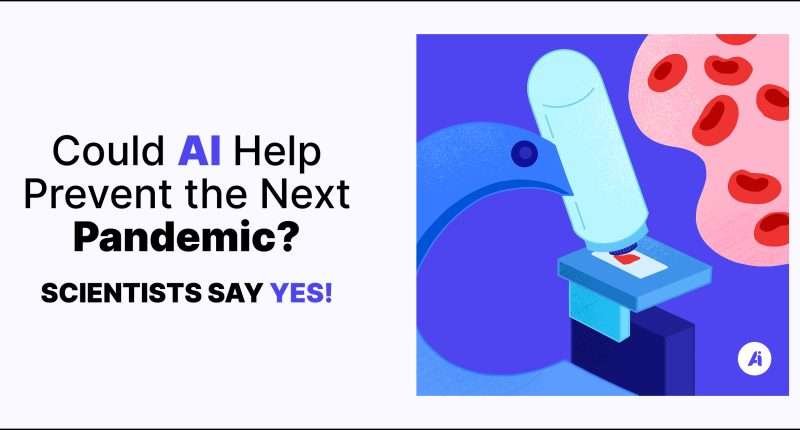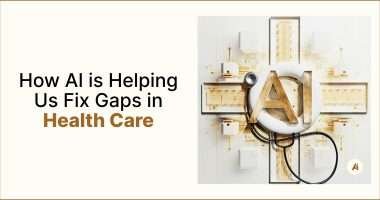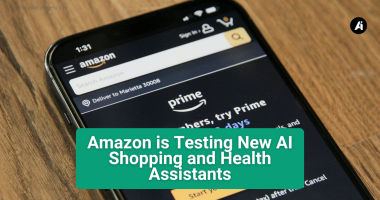What if we could predict the next pandemic before it even started? Imagine having a way to pinpoint which animals are most likely to carry and spread viruses that could jump to humans—before an outbreak happens. That’s exactly what a team of researchers at Washington State University (WSU) has been working on.
They’ve developed a powerful artificial intelligence (AI) model that could change the way we fight pandemics. Instead of reacting to outbreaks after they start, this tool helps scientists identify potential viral hotspots and high-risk animal species in advance.
How This AI-Powered Model is Revolutionizing Virus Detection
This AI model analyzes both the genetics of viruses and the traits of animals that could host them. It’s a game-changer because most past models focused only on the animals—where they live, what they eat, and how they interact with the environment. By adding the virus’s genetic characteristics into the mix, researchers get a much clearer picture of which species pose the greatest risk.
And the results are eye-opening.
The model flagged regions like Southeast Asia, equatorial Africa, and the Amazon as high-risk zones for future orthopoxvirus outbreaks. If you haven’t heard of orthopoxviruses, they include smallpox and mpox (formerly known as monkeypox).
Interestingly, the model also identified specific animal families that might be carrying mpox—rodents, cats, raccoons, skunks, and even some species of dogs. But it also correctly ruled out rats, which lab studies have shown are actually resistant to mpox.
Why This AI Breakthrough Matters for Global Health and Pandemic Prevention
Because nearly 75% of new viruses that infect humans come from animals. And once a virus jumps from an animal to a human, it can spread fast—just think about what we’ve lived through with COVID-19.
Stephanie Seifert, one of the lead researchers, puts it simply: “If we can better predict which species pose the greatest risk, we can take proactive measures to prevent pandemics.”
In other words, this isn’t just about science—it’s about protecting people, communities, and even entire economies from the devastating impact of pandemics.
And here’s the best part: This AI model isn’t just useful for orthopoxviruses. Scientists can fine-tune it to predict hosts for other viruses too. That means it could be a critical tool in the ongoing global effort to stay ahead of emerging diseases.
So, What’s Next?
The hope is that this technology will help guide wildlife surveillance efforts—because let’s be real, searching for a virus in a dense rainforest isn’t exactly easy. But with AI helping to narrow down the search, scientists have a better shot at finding these viruses before they become a problem.
The research team, which includes experts from multiple universities and scientific fields, is continuing to refine the model and expand its capabilities. And with funding from the National Science Foundation, they’re working toward a future where pandemics are stopped before they even begin.
Could AI really help prevent the next big outbreak? If this research is any indication, the answer is looking more and more like “yes.”





